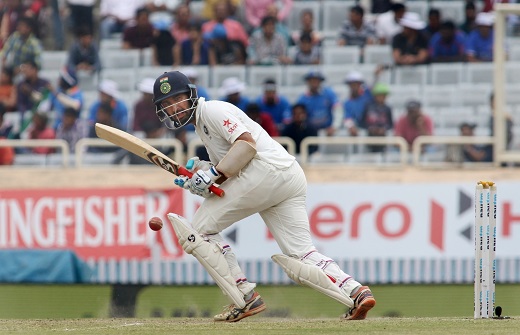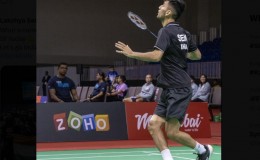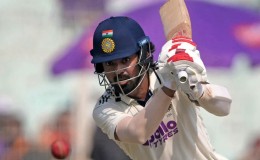 The tales of defending a fort have always been a lot more romantic that those of overrunning one. Defence is an art form that requires a lot of self-belief and also self-control. The incentives to stay in battle are minimal as at best you just retain what was already yours and at worst you lose everything but there is a bigger cause to fight for and that is human pride.
The tales of defending a fort have always been a lot more romantic that those of overrunning one. Defence is an art form that requires a lot of self-belief and also self-control. The incentives to stay in battle are minimal as at best you just retain what was already yours and at worst you lose everything but there is a bigger cause to fight for and that is human pride.
As in life so in sports there are moments where concentration can go for a small walk and the contest is lost. In modern tennis that sees rallies going up to 30 strokes, it is imperative for a player to be able to see through the tough moments before turning offensive. A university rowing team has to hold itself back for the first 2 miles before the coxswain shouts “Give me a 10” and then they put every ounce of themselves into rowing and the oars rip through the water. Mohammed Ali, the man who could dance even on his hands, won most bouts because he was better at taking a punch than was his opponent.
Offense has always been suggested to be the best form of defence but there are times in a test match when a batsman needs to give respect to the bowler and the conditions and just hope to survive to launch an onslaught later. As the great Sunil Gavaskar says, “Give the first hour to the bowler and the rest of the day is yours.” The Little Master obviously knows a thing or two about averting defeat for when he played India were still more concerned about seeking a draw than going for a win. We call it domination when a batsman is despatching the bowlers to the boundary but we call it a battle when the batsman needs to play with soft hands, drop the wrists, sway away from a bouncer, take some hits on the ribs or just leave the delivery. One of Tendulkar’s greatest knocks was a double century against Australia where he removed the off drive from the menu. That was a lesson in curbing the attacking instincts and still making a difference to the team’s cause. Gautam Gambhir’s 137-run innings against New Zealand at Napier is perhaps his most satisfying one for it demonstrated his ability to come out of his comfort zone and play almost in a monk-like fashion.
Cheteshwar Pujara played an epic at Ranchi facing 525 deliveries while scoring 202 and guess whose record of most deliveries faced in an innings did he surpass—The Wall. That itself explains the enormity of the effort. Pujara is a batsman whose work ethics revolve around two words “hard work.” There was a time when former Indian opener Akash Chopra was worried whether Pujara was getting consumed by his desire to merely stay at the wicket even if it meant without scoring runs. Pujara answered that anxious question with his hard work and has hopefully put those doubts to rest. Currently, he is the only Indian batsman with an average above 50 in test cricket with Kohli having dropped to 49 owing to a poor series in terms of runs and his strike rate is 48 runs per 100 balls which is not that bad as critics make it sound if we were to consider that Kohli scores just 7 runs more per 100 balls with his strike rate of 55.
May be we tend to focus more on T20 and one-day cricket where Pujara is absent and hence is not considered one of the many glamour boys with spiked hair and tattooed bodies that we have in cricket today. However, Kohli himself would be the first one to admit that without Pujara in the test team, other more flamboyant batsman will find it difficult to express themselves. All great teams need one man to hold one end together, soak in the pressure, and may be carry his bat through some innings. In Pujara, India seem to have found that man. He may still not be The Wall but he has surely matured into The Fence.










